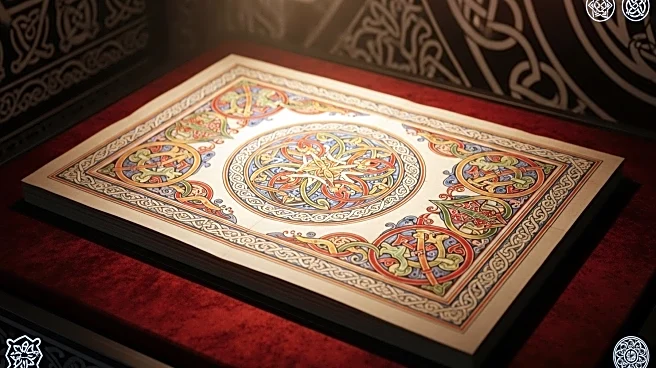What's Happening?
Archaeologists have discovered the ruins of a forgotten castle on the isle of Islay, off the west coast of Scotland. The site, known as Finlaggan, was a vital regional political center during the Viking Age and later became the power base for the Lords of the Isles. The castle, dating back to the 12th and 13th centuries, was a significant structure for local royalty, including the MacDonald clan. The discovery sheds light on the historical importance of Finlaggan, which was a center of power controlling much of western Scotland until the lordship was abolished in 1493.
Why It's Important?
The discovery of the castle ruins at Finlaggan is crucial for understanding the political and cultural history of Scotland. It provides insights into the power dynamics and architectural advancements of the Lords of the Isles, who played a significant role in the region's history. The findings contribute to the broader narrative of medieval Scotland, highlighting the influence of Norse and Scottish rulers. This archaeological discovery enriches the historical record and offers potential for further research into the site's significance and the legacy of the Lords of the Isles.
What's Next?
Future research at Finlaggan may focus on acquiring more precise dating evidence for the structures uncovered and understanding the site's evolution after the lordship ended. Archaeologists and historians might explore the social and economic impacts of the Lords of the Isles on the region. The discovery could lead to increased interest in Scottish history and heritage tourism, prompting preservation efforts and educational initiatives.
Beyond the Headlines
The discovery raises questions about the preservation of historical sites and the interpretation of medieval history. It highlights the importance of archaeological research in uncovering forgotten aspects of cultural heritage. The findings may influence how historical narratives are constructed, emphasizing the interconnectedness of regional powers and their impact on broader historical developments.










